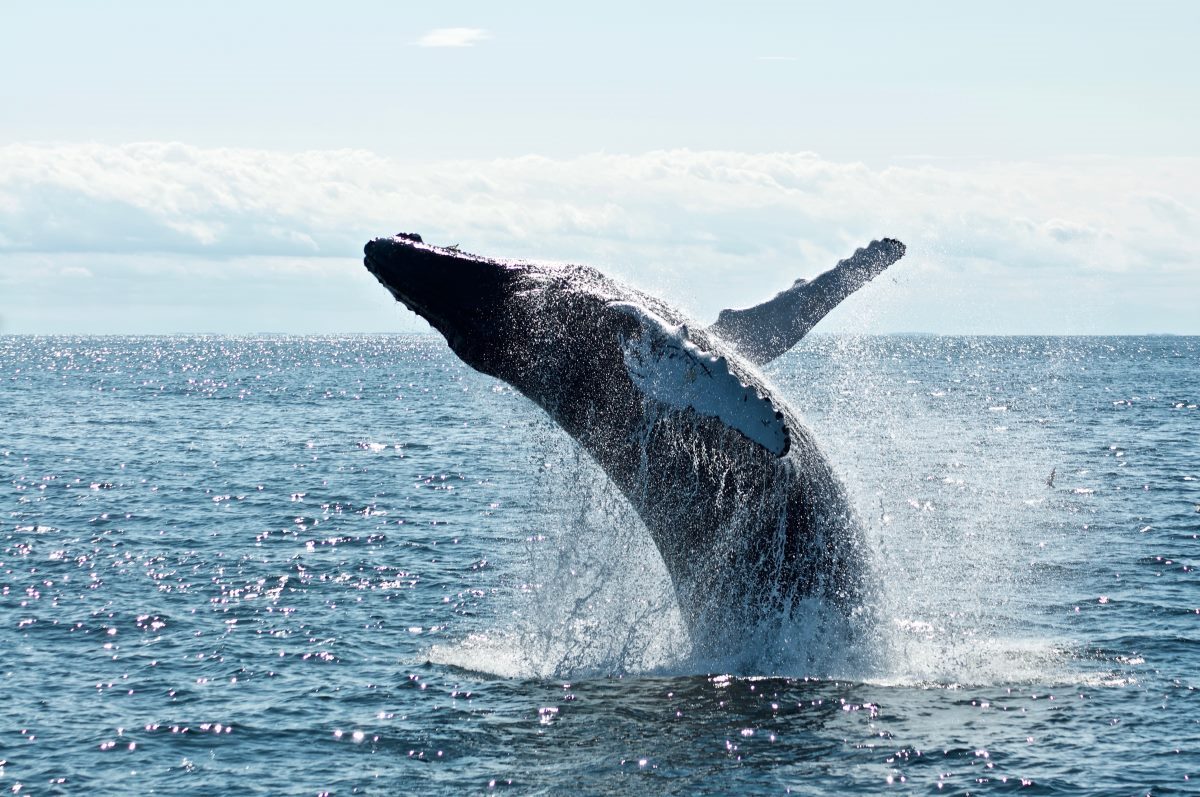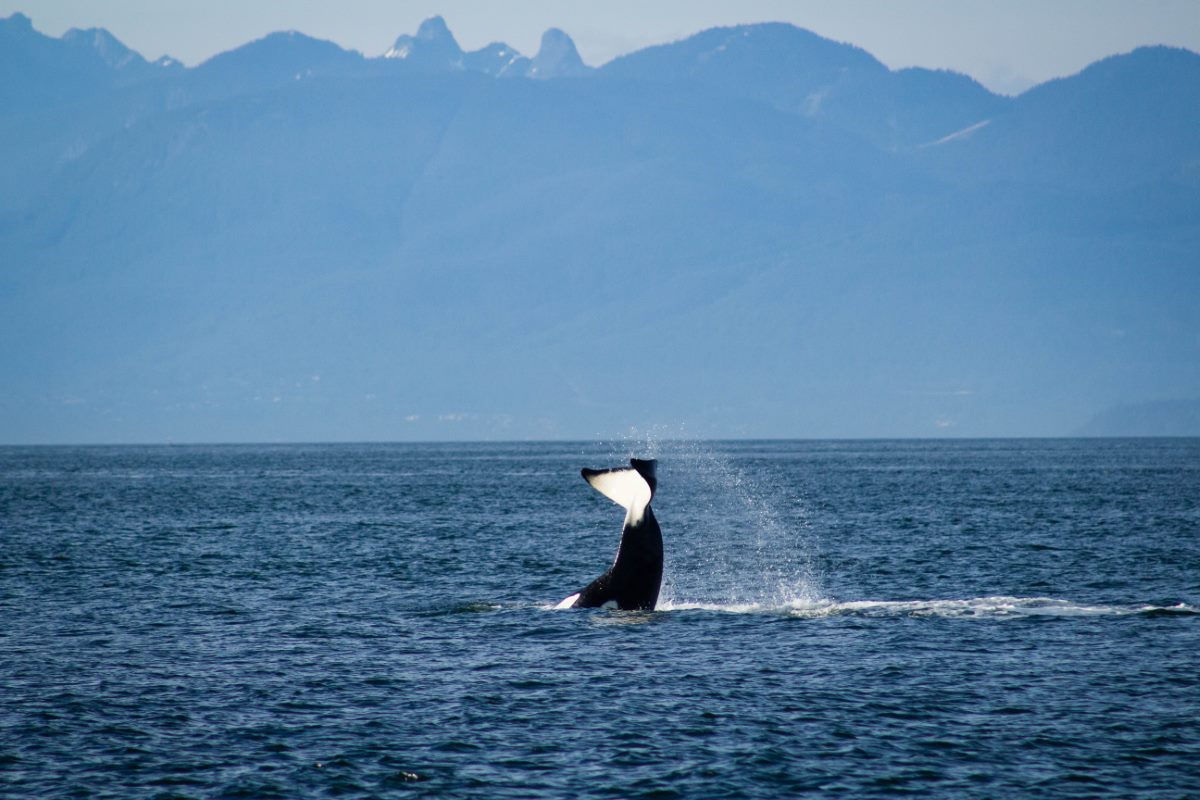Durban, located on the east coast of South Africa, is a prime location for marine life enthusiasts. Specifically, it is known for its whale watching opportunities. Every year, these gentle giants migrate from the cold waters of Antarctica to the warmer waters of Durban. With various tour groups offering day trips to see the whales up close, it’s hard to know which tour to choose. In this post, we will explore the best whale watching tours in Durban and what makes them stand out from the rest.
The 2 Best Whale Watching in Durban
The 2 Best Whale Watching in Durban
1. Durban 2 Hour Harbor Boat Cruise

This tour offers a unique opportunity to explore Durban Harbor on a 2-hour boat cruise. Witness the impressive Durban skyline from a different perspective and get up close to the different docks and the work being done there. You are welcome to bring your own cooler box to enjoy a cold drink as you cruise, and be sure to bring a pair of binoculars to watch the array of birds fly around the harbor. The informative skipper will offer an educational tour and teach you about the port and its operation, including the route which ships take to enter, discharge cargo, and exit. This tour is especially educational for kids, making it an unforgettable experience for the whole family. If the weather is favorable, the boat may go further out from the shore, giving you an even more comprehensive guided tour of Durban Harbor.
2. Bafana 1 Hour Cruise

Experience a leisurely one-hour cruise along the beautiful coastline of Durban. Take in the stunning views of the Durban skyline and spot dolphins swimming alongside the boat. See the bustling port of Durban in action, with ships coming in and out of the port. Pass by enormous container and cruise ships, and enjoy the hidden gem of Wilson’s Wharf, filled with restaurants and entertainment. Our semi-covered boat provides protection from the sun, so you can enjoy the sights comfortably. Please note that in unforeseen circumstances, a different vessel may be used for this cruise. Come and experience the best of Durban from the vantage point of the Indian Ocean on this unforgettable tour.
Whale Watching in Durban: Answers to Your Most Common Questions
Are you planning a trip to Durban and hoping to go whale watching? You’re in luck! Durban offers some of the best whale watching opportunities in South Africa. But before you go, you probably have some questions. In this post, we’ll answer some of the most frequently asked questions about whale watching in Durban.
1. When is the Best Time to go Whale Watching in Durban?
The best time to go whale watching in Durban is between June and November, during the southern hemisphere winter. During this time, the humpback whales migrate from their feeding grounds in the cold waters near Antarctica to warmer waters near the equator where they mate and give birth. This migration brings them close to the coast of Durban, making it the perfect time to go whale watching.
2. Where can I go Whale Watching in Durban?
There are several places to go whale watching in Durban. One popular option is to take a boat tour from the Durban Harbor. These tours give you a close-up view of the whales and also offer the chance to see dolphins, sharks, and other marine life. Another option is to head to one of the many lookout points along the coast, such as the Umhlanga Lighthouse or the Bluff Nature Reserve.
3. What Kind of Whales can I see in Durban?
The most common whales you’ll see in Durban are humpback whales, which can grow up to 16 meters long and weigh up to 36,000 kg. These whales are known for their acrobatic displays, including breaching, fluke slapping, and tail lobbing. You may also have the chance to see other species such as Bryde’s whales and Southern Right whales.
4. What Should I Bring on a Whale Watching Tour?
When going on a whale watching tour, it’s important to bring sunscreen, a hat, and warm clothing as it can get cold out on the water. It’s also a good idea to bring some snacks and water, as well as a camera or binoculars to get a better view of the whales. Don’t forget to bring your sea legs, as the boat can get quite bumpy!
5. Is Whale Watching Ethical?
Yes, whale watching can be ethical if done responsibly. In Durban, all whale watching operators must have permits from the Department of Environmental Affairs and Tourism, and must adhere to strict regulations to ensure that they don’t disturb the whales or other marine life. To ensure that you choose an ethical operator, look for one that follows the guidelines set out by the South African Boat-Based Whale Watching Association.
6. What Happens if it Rains on the Day of my Whale Watching Tour?
If it’s raining on the day of your whale watching tour, the tour may still go ahead if the weather isn’t too severe. However, if the weather is too bad and the tour is cancelled, most operators will either reschedule your tour or offer a refund, depending on their policies.
7. Can I Swim with the Whales in Durban?
No, swimming with whales is not allowed in Durban. It’s important to remember that whales are wild animals and should be treated with respect. Swimming with them can disturb their natural behavior and is also potentially dangerous.
8. How Close Can we get to the Whales?
The South African Whale Watching Regulations state that boats must stay at least 300 meters away from whales. This ensures that the whales are not disturbed or put in danger. However, if the whales approach the boat, the operator may approach slowly, but must still maintain a safe distance.
How to do whale watching in Durban
Are you planning a visit to Durban and hoping to catch a glimpse of some of the majestic whales that frequent its shores? Whale watching is a popular activity in Durban, thanks to the city’s prime location along South Africa’s eastern coastline. Here’s a step-by-step guide on how to do whale watching in Durban.
Step 1: Know the best time to go
The best time for whale watching in Durban is between June and November. During this period, thousands of humpback whales migrate along the KwaZulu-Natal coastline, providing an excellent opportunity for tourists to see them up close. July, August, and September are considered peak season, and prices tend to be higher during these months.
Step 2: Choose a tour operator
There are several tour operators that offer whale watching tours in Durban. It’s important to choose a reputable and experienced operator that follows best practices for responsible whale watching. Look for an operator that provides a knowledgeable guide, safety gear, and a comfortable boat with good viewing platforms. A few popular tour operators in Durban include Ocean Ventures, Sea Quests, and Oyster Box.
Step 3: Get to the departure point
Most whale watching tours depart from the Durban harbor or from nearby towns like Umhlanga and Ballito. Be sure to arrive at the departure point on time and allow sufficient time for parking and check-in. If you’re not sure where to go, ask your tour operator for detailed directions and a map.
Step 4: Get on the boat
Once you arrive at the departure point, you’ll board the boat and be given a safety briefing. This is the time to ask any questions you may have, such as what to expect during the tour or how to spot whales. Be sure to listen carefully to the guide’s instructions and follow all safety protocols.
Step 5: Look out for whales
Once the boat is on the water, it’s time to start looking for whales. Humpback whales are the most commonly seen species along the coastline, and they can often be spotted breaching or slapping their tails on the water’s surface. Be sure to keep your camera ready, but also take time to simply enjoy the experience and appreciate the beauty of these magnificent creatures.
Step 6: Learn from your guide
Throughout the tour, your guide will provide information about the whales and the surrounding environment. They’ll help you spot whales, point out interesting sights, and answer any questions you may have. Take advantage of this opportunity to learn more about these fascinating creatures and their habitat.
Step 7: Return to the harbor
After the tour is over, the boat will return to the harbor. Don’t forget to thank your guide and crew for a job well done. If you enjoyed the experience, be sure to leave a positive review for the tour operator to help others find the best whale watching tours in Durban.
Tips for a successful whale watching tour
– Wear comfortable and weather-appropriate clothing, including a hat and sunscreen.
– Bring a camera and binoculars for a better view of the whales.
– Take motion sickness medication if you’re prone to seasickness.
– Be respectful of the whales and follow responsible whale watching guidelines.
– Book your tour in advance to ensure availability during peak season.
Book Your Tour Now
Whale watching in Durban is an unforgettable experience that shouldn’t be missed. By following these simple steps, you can enjoy a safe and responsible tour while soaking up the beauty of the South African coastline and its majestic sea creatures.
Table of Contents

